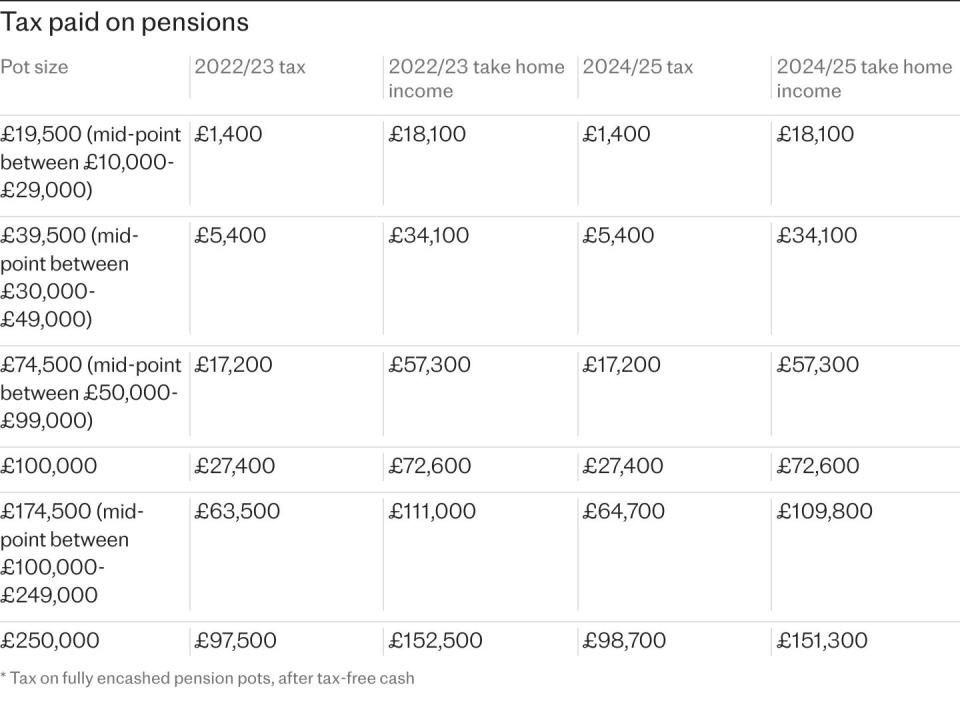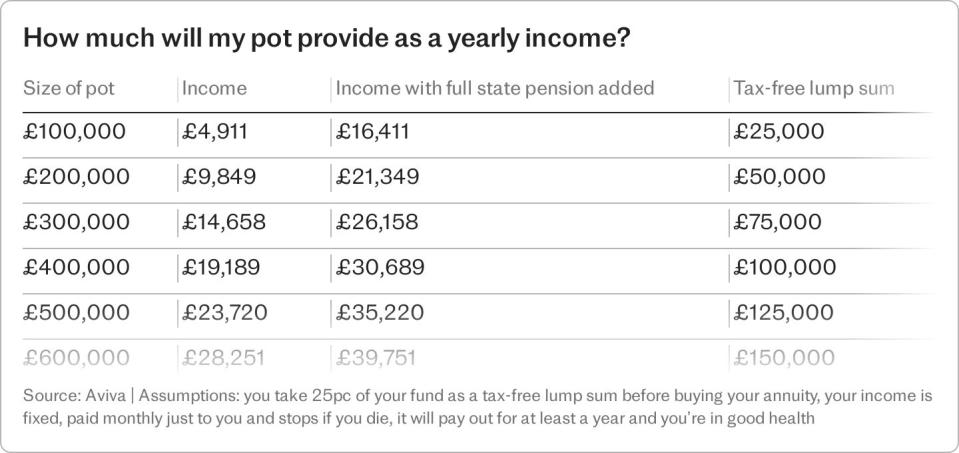What Labour has in store for your pension

The pensioner vote has been a key battleground in this election. One of the Conservatives’ key pledges was the introduction of the “triple lock plus”, a higher tax-free personal allowance for the retired.
Labour made it clear that it would not match this promise. Now that it’s in power, what does it have in store for your retirement savings – and what can you do about it?
Labour’s lifetime allowance u-turn
The lifetime allowance (LTA) was a tax charge on larger pensions. Once your pot exceeded £1,073,100, you paid 55pc on any amount above this level if you took cash as a lump sum. For funds accessed in other ways, it was 25pc on top of income tax.
The threshold has fluctuated between £1m and £1.8m since the LTA’s inception in 2006.
In the 2023 Budget, Chancellor Jeremy Hunt announced the end of the LTA from April 2024. Labour immediately pledged to reintroduce it but shelved that plan when it became clear senior doctors and other public sector workers would be likely to leave the workforce as a result.
Three new pension allowances replaced the LTA when it was abolished. If Labour retains them, the maximum tax-free lump sum will be frozen at 25pc of your pension, or a maximum cash value of £268,275.
Now that there is no overall cap on how much you can save into a pension, only income tax is due beyond that. The same applies to pots you leave behind when you die and certain overseas transfers.
If Labour were to change their minds again and bring the charge back, it could affect up to 6pc of savers approaching retirement, or around 250,000 people, according to consultancy LCP.
Experts agree that any changes would take time to implement and would be unlikely to apply retrospectively to any actions taken now. However, the LTA is not mentioned in Labour’s manifesto and the party could still reintroduce it.
HMRC has already confirmed the LTA’s removal is not complete, with the legislation including a so-called “Henry VIII clause” that means it can be changed at a later date.
Until it is, some richer pension savers have been advised not to access their retirement benefits.
Could Labour take aim at pensions tax relief?
Pension savers currently receive tax relief on contributions at their marginal or highest rate of income tax. This gives everyone 20pc in relief, but higher rate taxpayers get 40pc and additional rate payers are entitled to 45pc.
In 2016, then-backbencher Rachel Reeves penned a column for The Times arguing for a 33pc flat rate of tax relief. According to the latest HMRC figures, around 6.5 million people could lose out under such a system.
Labour has been forced to deny this is policy and it is no longer understood to be Ms Reeves’ view. However, the party has not definitively ruled it out and if it were introduced, it could hit some high earners with six-figure losses over a 30-year career.
According to Hargreaves Lansdown, a worker earning £100,000 and contributing 10pc of their salary into a pension would lose £700 a year. For someone earning £200,000, this rises to £2,400, while someone on £300,000 would lose £3,600.

Could the ‘pension freedoms’ be reversed?
In 2015, then-chancellor George Osborne introduced the “pension freedom” reforms. The changes dramatically increased people’s options for accessing their pension flexibly, such as offering the opportunity to withdraw an entire pot in one go or enter a drawdown facility.
Some experts believe this is an area where Labour could seek changes.
Tom McPhail, of financial consultancy the Lang Cat, said the party could increase the minimum age for accessing your pension from 55 to 60. He also speculated that Labour could restrict your right to taking cash out before first securing a minimum amount of guaranteed long-term income.
Will Labour end the tax-free lump sum?
Sir Keir provoked panic among pensioners during the election after he appeared to suggest that Labour would remove the 25pc tax-free lump sum. This is the amount that people can usually draw from their pension without paying tax once they hit 55.
A spokesman was forced to clarify the remarks, calling them an “old-fashioned mistake.” He went on to say the lump sum was “a permanent feature of the tax system and Labour are not planning to change this”.
However, some experts have long said that Labour could alter the 25pc tax-free lump sum – which Liz Kendall, shadow work and pensions secretary, recently failed to deny.
There is no commitment to it in Labour’s manifesto. Any decrease in the amount people can take could see them hit with charges of up to 45pc, depending on their tax bracket.

Is a pension ‘death duty’ on the cards?
Inheritance tax (IHT) is currently not charged on pensions and Labour has denied that a pension death tax is “party policy”.
But experts have warned that the party could be tempted to extend the scope of IHT to cover pension pots if it entered office. Mr McPhail said a death tax raid on pensions was a “real risk” under Labour.
Currently, if someone dies before the age of 75, any of their unused pension is inherited tax free. For anyone who dies after this age, income tax applies at the point the beneficiary withdraws the money.
Analysis shows that families inheriting a £100,000 pension – roughly the size of the average pension pot for a 55 to 64 year old – could be stung with a £65,000 tax bill if IHT was applied.
In recent years, pensions have become a far better vehicle for dodging death duties. Many savers have filled their pensions partly as a way to limit IHT which would otherwise be due if the money was left in a bank account or Isa.
What are Labour’s plans for pension fund investments?
The party’s manifesto stated that it would “act to increase investment from pension funds in UK markets”.
It is not yet clear whether pension funds will be forced or just encouraged to switch investments to domestic assets – or the percentage of assets that might be switched.
Labour may simply decide to introduce disclosure requirements around investment in British equities rather than making investments mandatory.
However, if restrictions were placed on investments, the growth potential of pension pots could fall given the poor performance of London-listed companies in recent years compared to American companies, for instance.
Neil Rayner, of investment platform True Potential, said that while Britain was in need of more investment from private business, plans to redirect funds’ assets based on geography “increased the risk and volatility for these portfolios, which could harm long-term results and make financial planning far more difficult for millions of people.”
Could auto-enrolment be expanded?
Labour has promised to carry out a wide-ranging “review of the pensions landscape”, which might lead to changes to minimum pension contribution rates.
Before “auto-enrolment” was introduced in 2012, many people were not saving enough for retirement and risked running out of money after they stopped working.
Now, the minimum contribution to a workplace pension is 8pc of your salary. This is made up of a 5pc contribution from the employee and a 3pc contribution from the employer.
However, industry insiders believe the rates still aren’t high enough to ensure a good standard of living in retirement and have lobbied for minimum contributions to rise. There are also calls for the self-employed to be brought into scope of the rules.
But continued cost of living pressures could make reforming auto-enrolment tricky for Labour, even if the political will is there.


 Yahoo Finance
Yahoo Finance 